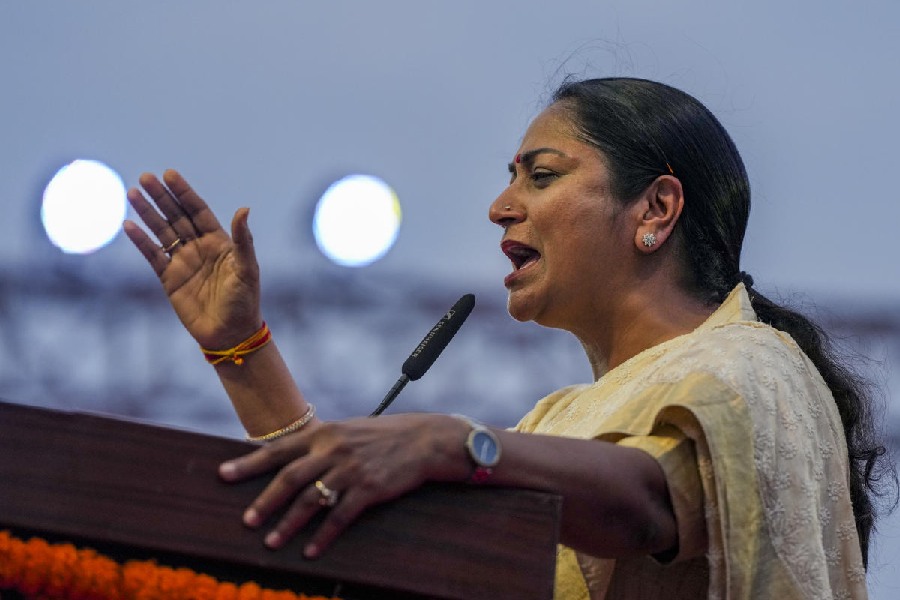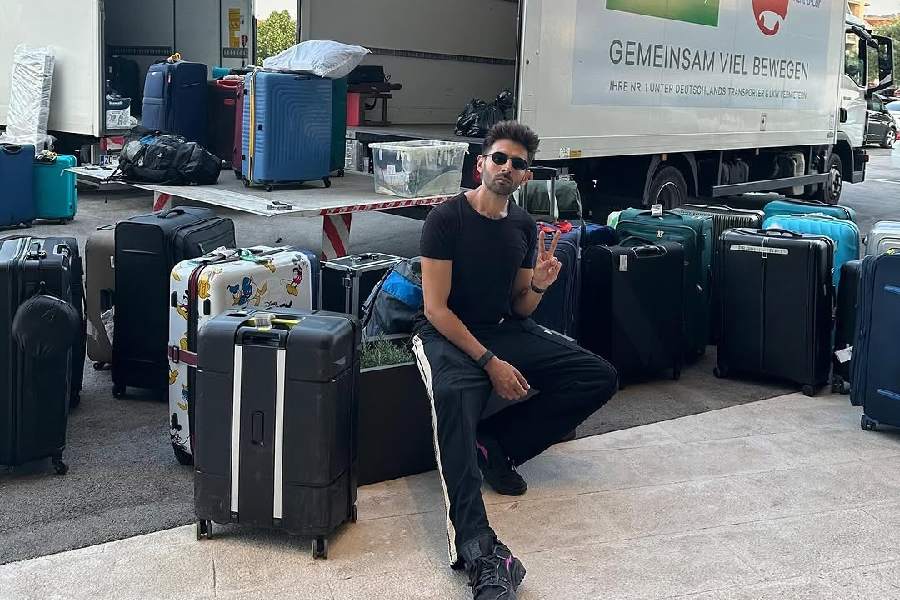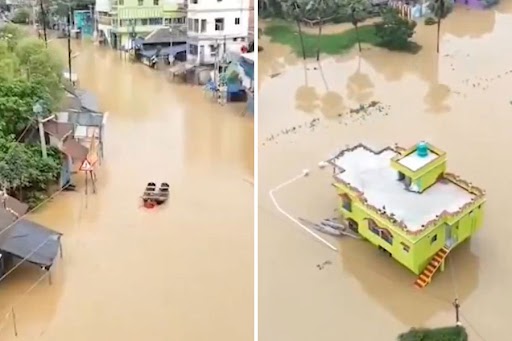 |
It was a late morning in late June. About 170 kilometres from Leh through a spectacular mountain pass, Pangong Lake shimmered with stunning blueness at an altitude of 14,000-odd feet. Camera-strapped tourists spilled out of nearly 300 vehicles that had corkscrewed their way through the Changla Pass.
Delhi-based tour operator Rahul Sharma rubbed his eyes with equal measure of disbelief and dismay. He had been visiting Ladakh since the 1980s and this year the hordes of tourists dotting the once desolate landscape were an unwelcome sight for someone used to bringing clients on customised tours.
It’s a turnout that has the Ladakhis equally overwhelmed.
“Since last year, there has been such an onrush of domestic tourists that we now have an Indian tourist season which ends mid-July and a foreigners’ season that starts around then and continues till September,” says Leh hotelier David Sonam.
The surge in Indian tourism is attributed to several factors. To begin with, there has been a three-fold increase in the number of flights to Leh. From two flights by two airlines, a growing list of carriers brings in at least six flights every morning. Online travel companies such as Yatra.com and Makemytrip.com have also opened wide the door to mass tourism with their attractive tour packages. An estimated 450 tourists fly in every day.
 |
| HEAVY BURDEN: Too many tourists are visiting Ladakh |
The main snag in carting in numbers used to be the airfare which during May-June reached Rs 7,000, one way, making the destination expensive. Makemytrip got around this problem by hiring a plane and taking 147 customers per trip twice a week on all-inclusive packages for Rs 22,000-25,000.
But many are pointing towards Phunsukh Wangdu for triggering the tourism tsunami. The record-breaking success of the film 3 Idiots had droves of tourists landing up in Ladakh to see the school where this popular character essayed by Aamir Khan in the film taught, and the lake — Pangong — where he reunites with his buddies.
Back-of-the-envelope government estimates put the numbers at 1,00,000 tourists this year, two-thirds of them Indians. “This year is our second season for chartered flight packages to Ladakh and it rocked as it did last year,” crows Himanshu Singh, a senior executive at Makemytrip.com. By mid-July, his firm had sent over 4,500 visitors to Ladakh, up by 1,000 or so far from last year.
He doffs his hat to the 2009 blockbuster for being a launch pad for the domestic market. “It was a myth that only foreigners could survive Ladakh’s tough terrain and high altitude. The concept and attitude changed completely two years ago and 3 Idiots played a major role,” Singh explains.
Earlier, Ladakh had some 70,000 tourists a year. “Now it is that many for two or three months. You will see more hotels, camping tents and restaurants,” says Tashi Morup, projects director at the Ladakh Arts and Media Organisation, which deals with art, culture and literature.
The sudden outburst of domestic tourism has got some locals worried. “The en mass tourists have no respect for our gentle way of life. They play with religious instruments in the monastery and throw garbage from their cars. They are all about machismo,” says a Leh hotelier who does not want to be named.
Earlier tourists, both foreign and Indian, were well-travelled and well-versed in tour etiquette. Today’s chartered flight tourist thinks nothing of feeding the shy marmots or some of the feathered species despite warnings that it could be fatal for the fauna. Eventually, the tourism department had to bar taxis and tour operators from allowing customers to feed the animals at conservation sites.
It’s not surprising then that the pushy arriviste tourist also repeatedly landed up at the Druk Padma Karpo School at Shey, a monastery village, to gawk at the place where Wangdu “taught”. The harried principal vented his dismay by reportedly charging Rs 30 to deter them. “That’s all?” was the happy response.
Tundup Dorjey, who runs a leading travel company in Leh, with the tagline “Adventure with care for nature”, voices the concerns of many locals. “We are getting business but are not very happy with the state of things. Our tour operators have always felt that the main aim was not to earn money but to give a well-rounded experience to the tourist. The crowds are making it impossible to provide better service so the tourists leave with a negative impression of travel agents and Ladakh,” he laments.
The tide of concern prompted Rigzin Spalbar, chief executive councillor of the Ladakh Autonomous Hill Development Council, to call for a citizens’ meeting. “Ladakh is the number one destination in the country but there is absolute chaos thanks to these numbers,” he says. “We would like to retain Ladakh as a high-end tourist destination. The reason tourists are heavily charged is because the proceeds are ploughed back into the community.”
Morup points out that adventure tourism is a profitable as well as profit-sharing segment. “The industry makes money and the benefit is distributed down to the last rung: taxi drivers, pony men and homestays.”
Since mountainous Ladakh is cut off from the world for over half the year because of extreme weather and poor road connectivity, much of the income from tourism has to stretch the whole year. “But the new tourists think ‘we are spending so much we own the place’. They don’t understand that per capita margins from bulk tourism are very low,” says a guide.
Now, hotel, tour operators and taxi associations have formed an alliance to react to this sudden surge of tourism that many think is unsustainable. Helping them is the Ecotourism Society of India which has started conducting workshops with like-minded tour operators. Local people also conduct clean-up drives in the hills and valleys, literally carting away trucks of rubbish left behind by tourists.
A collective of non-government organisations has also proposed that a nodal committee be formed to protect and conserve heritage, suggesting ways to balance the effect of a growing tourism industry.
Some of the new visitors could take flight though. “Kashmir has been drawing tourists again and next year, the domestic tourists may return to Srinagar, an old favourite,” says Bilal Hussein, a Kashmiri shopkeeper in Leh, who says that Ladakh would then empty out.
The tourism industry, and government and local organisations believe that the issue can be addressed. “Given how small Ladakh is, we can educate the incoming tourist. Tourism is already a dhandha in places like Nainital, Shimla and Manali, but Ladakh has limited entry points. You have to book a flight and go through local operators and hotels. Clients need to be briefed on acceptable behaviour,” says Sharma.
For now, though, Ladakh can take solace in its inbuilt safeguards. “The altitude and the long winter save us, thankfully!” chortles Sonam.











